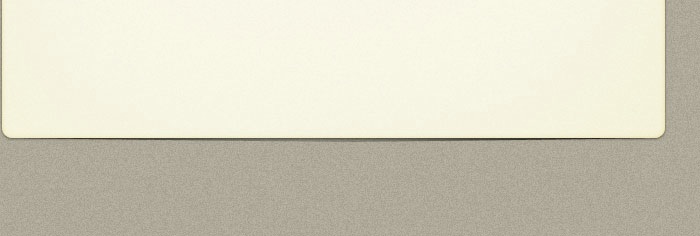

The Moog synthesizer was one of the first widely used electronic musical instruments. Early developmental work on the components of the synthesizer occurred at the Columbia-Princeton Electronic Music Center, now the Computer Music Center. While there, Moog developed the voltage controlled oscillators, ADSR envelope generators, and other synthesizer modules with composer Herbert Deutsch.
Moog created the first voltage-controlled subtractive synthesizer to utilize a keyboard as a controller and demonstrated it at the AES convention in 1964. In 1966, Moog filed a patent application for his unique low-pass filter U.S. Patent 3,475,623, which issued in October 1969. He held several dozen patents.[1]
Robert Moog employed his theremin company (R. A. Moog Co., which would later become Moog Music) to manufacture and market his synthesizers. Unlike the few other 1960s synthesizer manufacturers, Moog shipped a piano-style keyboard as the standard user interface to his synthesizers. Moog also established standards for analog synthesizer control interfacing, with a logarithmic one volt-per-octave pitch control and a separate pulse triggering signal.
The first Moog instruments were modular synthesizers. In 1971 Moog Music began production of the Minimoog Model D which was among the first widely available, portable and relatively affordable synthesizers.
One of Moog's earliest musical customers was Wendy Carlos whom he credits with providing feedback that was valuable to the further development of Moog synthesizers. Through his involvement in electronic music, Moog developed close professional relationships with artists such as Don Buchla, Keith Emerson, Rick Wakeman, John Cage, Gershon Kingsley, Clara Rockmore, and Pamelia Kurstin. In a 2000 interview, Moog said "I'm an engineer. I see myself as a toolmaker and the musicians are my customers. They use my tools."
Robert Moog - creator of the first commercially successful synthesizer
Tuesday, January 19, 2010

